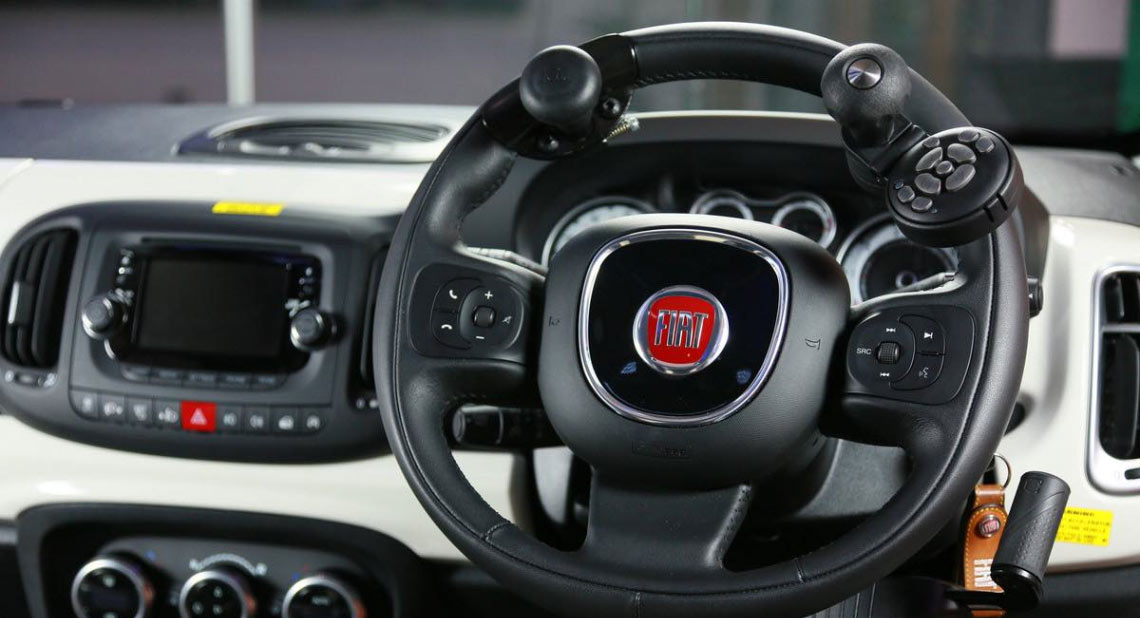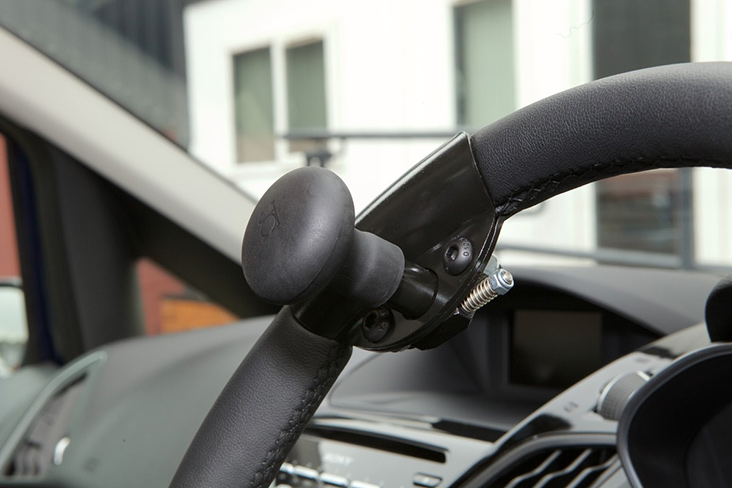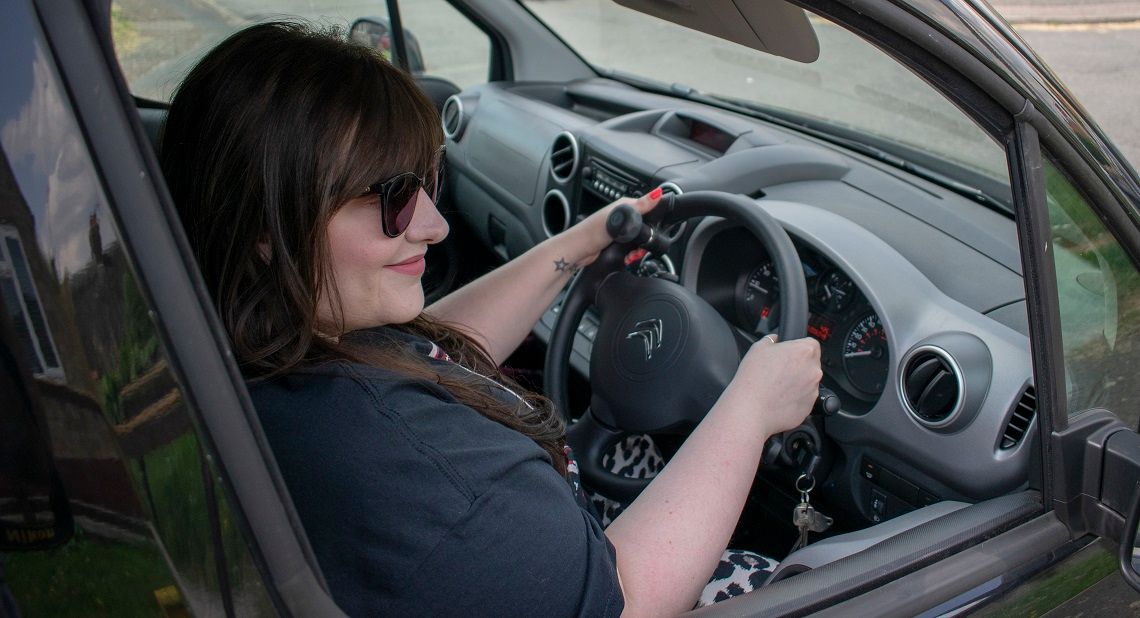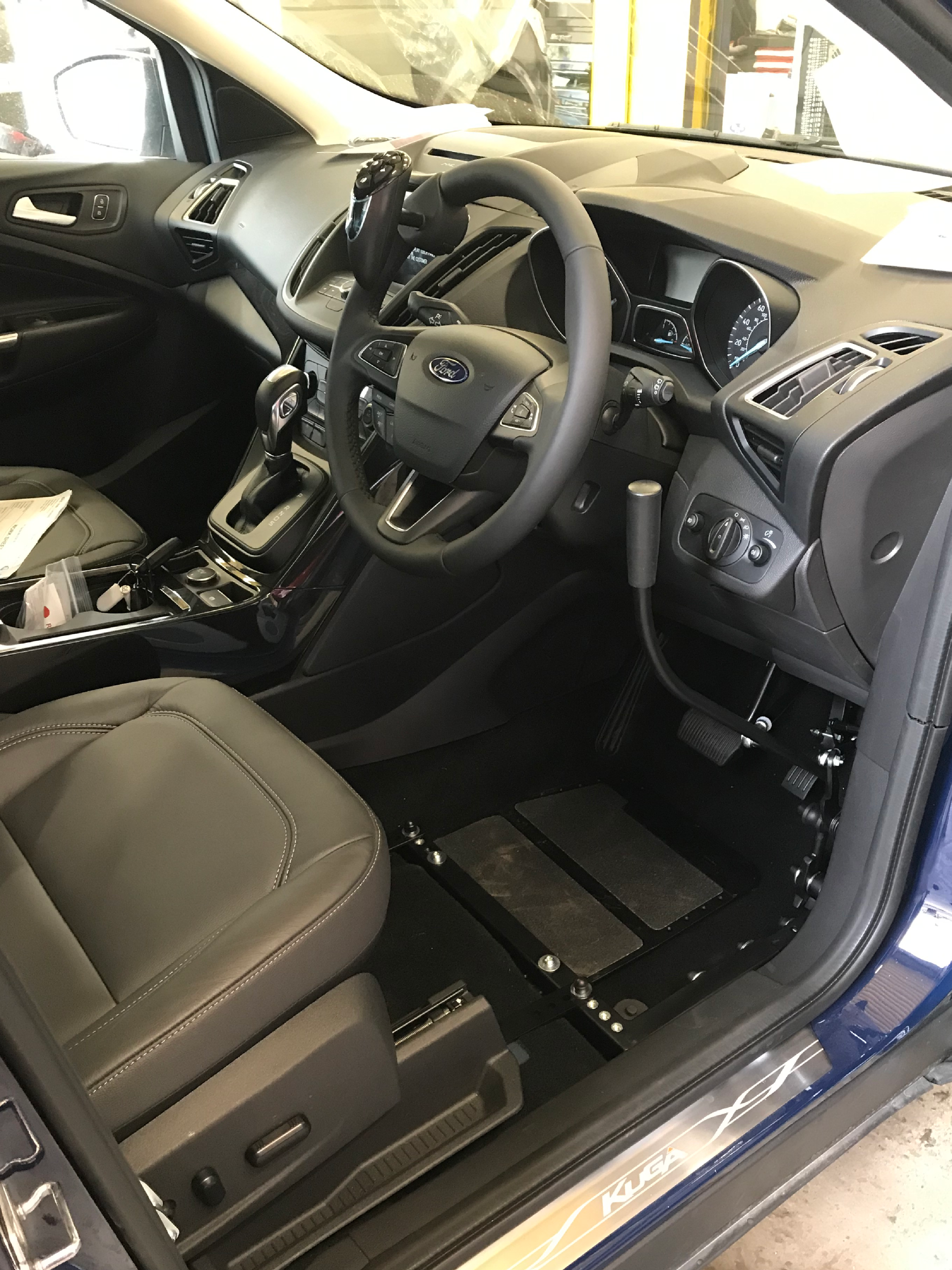While many modern driving technologies like collision warning systems are the result of years of research and development, others have actually been around for quite some time. Steering aids are a good example. These handy gadgets can make driving far more comfortable for people with a range of disabilities and impairments, and in some cases, make driving possible when it may not have been otherwise. But with so many choices, the world of driver aids and adaptations can be daunting and it’s important that you make the right choice for your needs.
Types of driving aids
There are a range of different driving adaptations on the market. There are useful options like left foot accelerator pedals for people who have limited or no use of their right leg. There are also a range of different controls to help with things like handbrake operation for people with reduced strength or manual dexterity as well adapted brake pedals and more. Hand controls make up a large portion of the tech on offer allowing drivers who have impaired leg use to be able to comfortably control different aspects of the car such as changing gears and using foot pedals. When hand control are fitted to a car a steering aid is often essential as the car can be steered with one hand while operating the hand controls with the other.
Types of steering aids
There are three main types of steering aids on the market but within these there are variations. Essentially at the core of every steering aid is a mechanism that spins around to allow the user to rotate the steering wheel using one arm and a grip rather than two hands gripping the wheel in the traditional sense. Common types on the market are ball and mushroom grips which are rounded handles fixed to steering wheels that can be used for turning. There are other, more specialist grips we will look at later.
Standard fixed
The standard fixed grip will include the ball and mushroom style grips. These are fitted permanently to the steering wheel in the right place for the driver. They function as a fixed adaptation to the car and, as mentioned, allow the user to hold the grip and rotate the wheel.
Standard quick release
The use of the word ‘standard’ refers to the grip style which includes the ball and mushroom grip. The quick release part can be very useful and is aimed at users who have a non-disabled driver sharing the car. Although a fixed grip does not restrict another driver driving the car, some people prefer to be able to remove this, so the idea here is to be able to easily install and remove the steering aid depending on who is driving. The release mechanisms are very easy to use and the grip itself is light and easy to stow away in a glove box or cubby hole.
Close up of a quick release steering aid
Specialist
For people with more challenging mobility issues in their hands and arms, specialist grips can be used. These include a peg system to hold onto or to strap the hand to and something called a tri-grip or tetra-grip system. The tri-grip option works a lot like the peg but offers two other pegs by which the arm can lever against to turn the wheel.
How to get a steering aid fitted
To begin, if you feel you need an assessment to find out what types of adaptations you may need, you can call the Motability Scheme Customer Service team to book you in for an assessment at a Mobility Centre.
Many of our popular driving adaptations, such as steering aids, are fitted at no extra cost at the start of your lease. This is certainly the most cost-effective method and it also means you are able to make sure the car you want is able to have the adaptations you need fitted. This also means your car will arrive with your steering aid fitted for you and you will be ready to go. To do this you can call our customer service team who will help you find a local specialist installer who will help you find the right steering aid for you.
If you need a steering aid during your lease, you need to inform our insurance provider and our Customer Services team first. You can then contact a Motability Scheme adaptations installer who can give you more information and help find the right steering aid for you. You will need to pay the cost of any such adaptations direct to the adaptation installer.
Conclusion
Steering aids are very useful driving adaptations that allow thousands of people across the UK to drive more comfortably. It is important to make sure you get the right steering aid for you and the Motability Scheme team are very happy to help you make the best choice. Find out more about adaptations on the Motability Scheme by looking at our adaptations overview.
Related articles
Focus on driving adaptations: push/pull hand controls
Voice recognition cars: Where is the technology now and where is it going?
![]()









